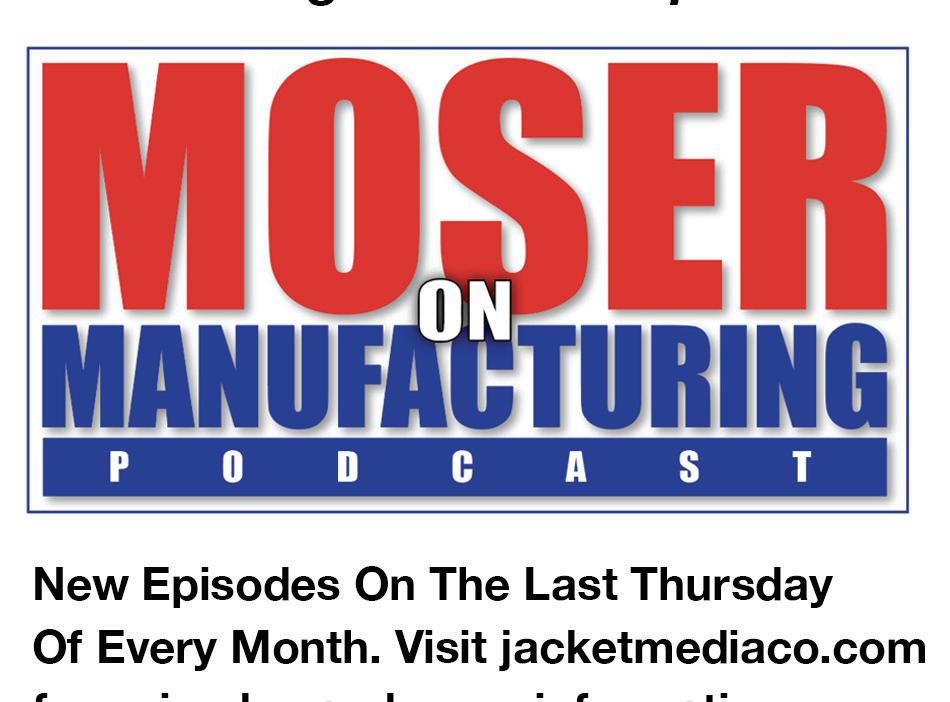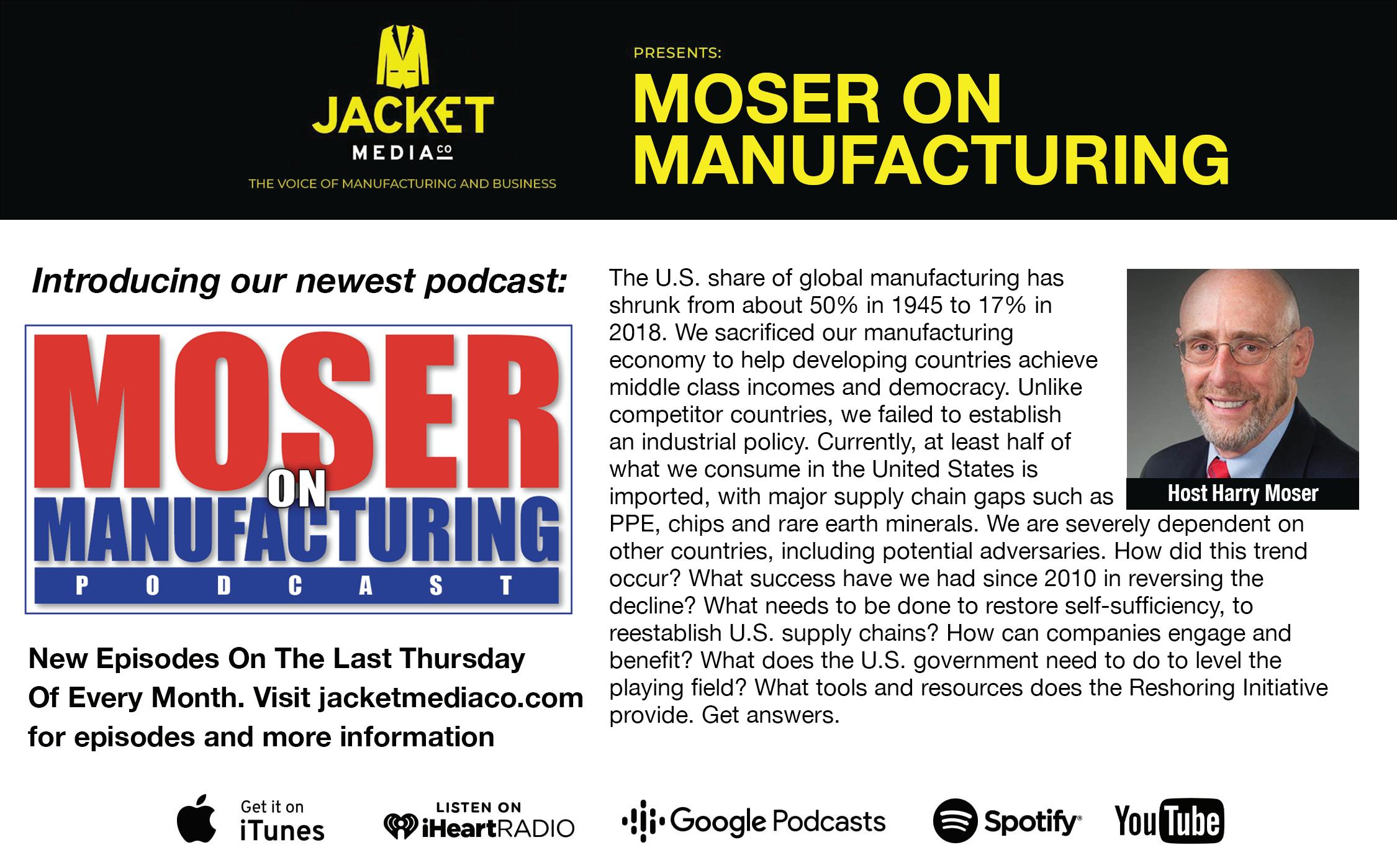
3 minute read
How Manufacturers Can Mitigate Supply Chain Disruption
Supply chain disruption has become a serious, ongoing issue for manufacturers. Here are a few ways manufacturers can help avoid disruptions and better deal with them when they arise.
by Craig Rovere
Manufacturers rely on a complex network of suppliers, partners, and logistics providers to produce and deliver their products. When any part of this supply chain is disrupted, it can have a ripple effect that causes delays, increases costs, and reduces revenue. Mitigating supply chain disruption is crucial for manufacturers to maintain their competitiveness and profitability in an increasing unpredictable world.
Manufacturers can mitigate supply chain disruption by diversifying their suppliers. By sourcing materials and components from multiple suppliers, manufacturers can reduce their dependence on a single supplier as their source and minimize the impact of a disruption. This also allows manufacturers to compare prices, delivery times and quality, and to negotiate better deals.
Manufacturers can also work with suppliers to improve their supply chain resilience. Remember, it’s a supply chain, and a chain is only as strong as it’s weakest link. Encourage suppliers to adopt lean manufacturing principles that reduce waste and improve efficiency, or to invest in new technologies and logistics solutions that increase flexibility and responsiveness.
Another strategy manufacturers can use to avoid supply chain disruption is to build up their inventory levels. Having a buffer of materials and components on hand can help manufacturers weather disruption and continue production until the supply chain is restored. Manufacturers can also use advanced forecasting and demand planning tools to better predict their needs and avoid stockouts. Investing in logistics solutions that provide greater visibility and control over their supply chain, such as tracking systems, transport management systems, and warehouse management systems will help as well.
Manufacturers can also mitigate supply chain disruption by improving their logistics and transportation capabilities. For example, they can develop more efficient and flexible logistics networks that allow them to quickly redirect shipments in response to disruptions. They can also invest in transportation solutions such as air freight or sea freight, which are often more reliable than road or rail transport. Additionally, manufacturers can work with logistics partners to develop contingency plans and emergency response protocols that can be quickly activated in the event of a disruption.
Emerging technologies can help as well. One example is the use of digital twins, which are virtual replicas of physical assets such as machines, facilities, and logistics networks. These digital twins can be used to simulate and analyze the impact of disruptions on the supply chain, and to identify and implement mitigation strategies. Additionally, manufacturers can use advanced analytics and machine learning to monitor supply chain performance and identify patterns and trends that can indicate potential disruptions.
Finally, manufacturers can mitigate supply chain disruption by building strong relationships with their suppliers, customers, and logistics partners. By working closely with these partners, manufacturers can gain a better understanding of their needs and challenges, and develop joint solutions that improve supply chain resilience. They can also share information and collaborate on risk management, such as sharing data on disruptions and agreeing on a common plan to mitigate them.
In conclusion, supply chain disruption is a major risk for manufacturers, and it is crucial for them to take steps to mitigate it. By diversifying suppliers, building up inventory levels, improving logistics and transportation capabilities, using technology to monitor and respond to disruptions, and building strong relationships with partners, manufacturers can increase their supply chain resilience and maintain their competitiveness and profitability.
For more on how you can reduce the risk of supply chain disruption, listen to Moser On Manufacturing podcast. n


INSTITUTE FOR SUPPLY MANAGEMENT®
Economic activity in the manufacturing sector contracted in January for the third consecutive month following a 28-month period of growth, say the nation’s supply executives in the latest Manufacturing ISM® Report On Business®
The January Manufacturing PMI® registered 47.4 percent, 1 percentage point lower than the seasonally adjusted 48.4 percent in December.
The New Orders Index remained in contraction territory at 42.5 percent, 2.6 percentage points lower than the seasonally adjusted figure of 45.1 percent recorded in December.
The Production Index reading of 48 percent is a 0.6-percentage point decrease compared to December’s seasonally adjusted figure of 48.6 percent. The Prices Index registered 44.5 percent, up 5.1 percentage points compared to the December figure of 39.4 percent. The Backlog of Orders Index registered 43.4 percent, 2 percentage points higher than the December reading of 41.4 percent. The Employment Index continued in expansion territory (50.6 percent, down 0.2 percentage point from December’s seasonally adjusted 50.8 percent) after emerging from contraction territory (48.9 percent, seasonally adjusted) in November.
The two manufacturing industries that reported growth in January are: Miscellaneous Manufacturing‡; and Transportation Equipment. Of the six biggest manufacturing industries, one — Transportation Equipment — registered growth in January. ISM
Analysis by Timothy R. Fiore, CPSM, C.P.M.
Chair of the Institute for Supply Management® Manufacturing Business Survey Committee








